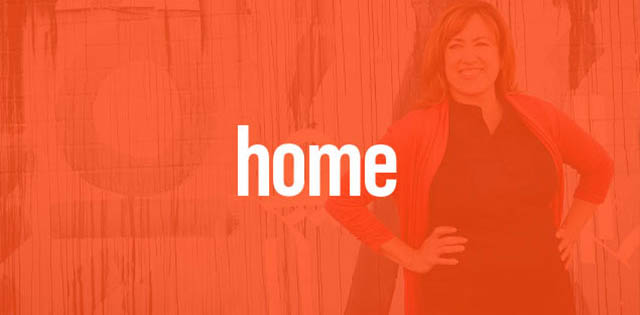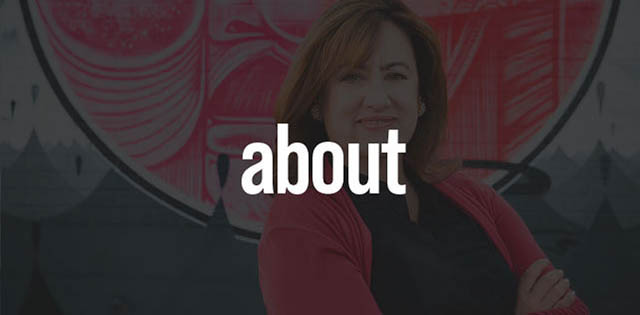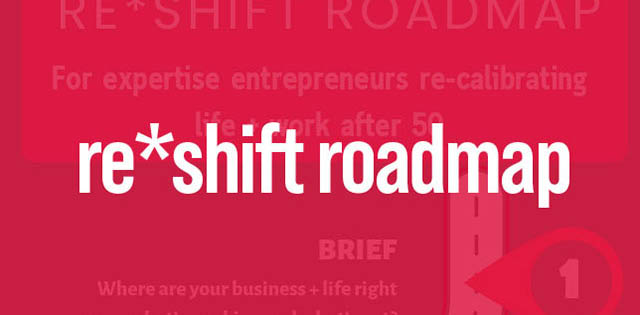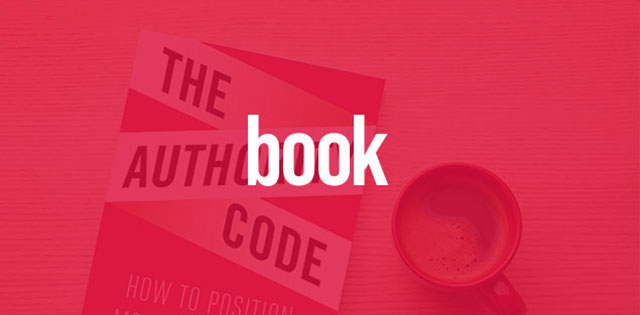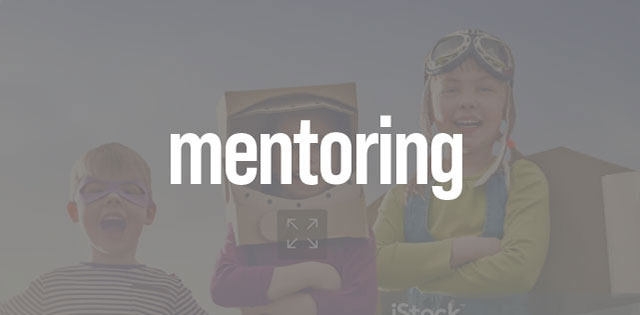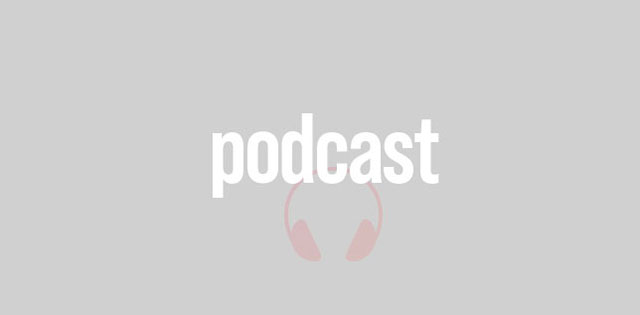What Happens When You Consult From A Bubble
- April 8, 2019
- Posted by: Rochelle
- Category: Audience Building, Marketing + Selling

The painters who’ve been working on the outside of my office had to cover up the windows to protect them from the sprayer.
So for a couple of days, I worked with a filmy plastic over my view—I could see light and fuzzy shapes, but nothing distinct.
Not being able to see familiar landmarks changes how you see what’s right in front of you.
I really noticed the difference on a call with a potential new client who was asking me questions in a way I hadn’t heard before.
He was early in the process of building authority around his expertise and his unique experiences informed his questions.
Looking out the window for clarity (my usual way to center thoughts in a deep phone conversation) wasn’t cutting it since all I could see was a mass of plastic wrap.
Instead, I looked away from my old view, caught his vibe after a stumble or two and we got in synch, crafting the right solution for his situation.
A couple emails and a proposal later, he hired me and we’ve started the work.
But here’s the thing.
That stumble—which was the realization that the way I was describing something wasn’t working for him—made me not only rethink our conversation, but how I use language in the proposal stage for people in his situation.
I was consulting from a bubble.
Yes, it was a very successful bubble, but do I really want to stay within those confines?
Uh, no.
And I’m betting you don’t either.
Avoiding a bubble mentality doesn’t mean that you don’t have a clear point of view that you consistently share and build into your work.
That’s called brand-building and it’s essential.
But it does mean staying open to how you’re communicating and understanding the changes that your clients, buyers and audience are experiencing in THEIR work.
Because your success is all about the impact you’re making (or not) on your audience.
If I want more clients that think like this new one—and I do—then just maybe I need to experiment with my delivery.
A small step might be to change up your initial conversation with potential clients. That might feel a bit risky, but really, if it’s about asking questions to understand them better, how can you lose?
The power to communicate well is yours.
In my case, I fussed with my proposal format and language and simplified a section I’d used countless times successfully in the past.
I got hired, so I can argue it worked.
And if it didn’t, it would have told me that I needed to double down on clarity for people in his situation if I wanted to succeed next time.
Note: Naturally we’re talking a sweet-spot client here—you don’t want to be stretching yourself like Gumby for a cohort who’s not smack dab in your wheelhouse.
We consult from a bubble when we get so mired in our own experience that we can’t see how the client or our audience is interpreting it.
Getting out is imperative.
p.s. Like what you see here? Head on up to that orange bar to sign up pronto and I’ll deliver my weekly insights directly to your in-box.

